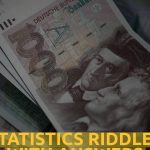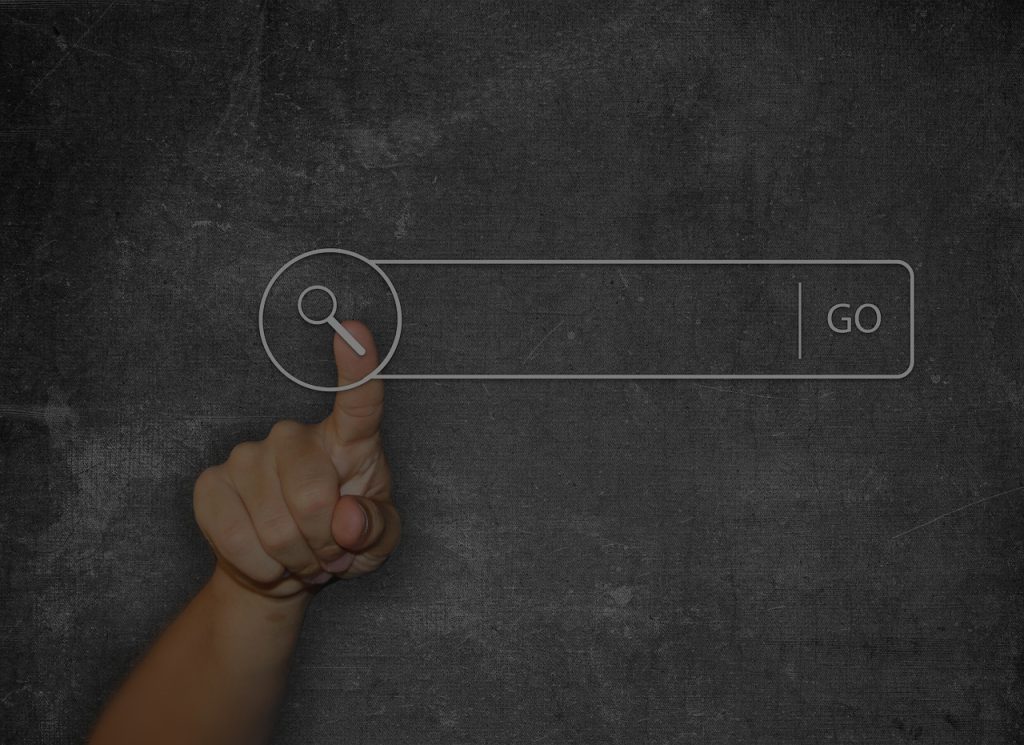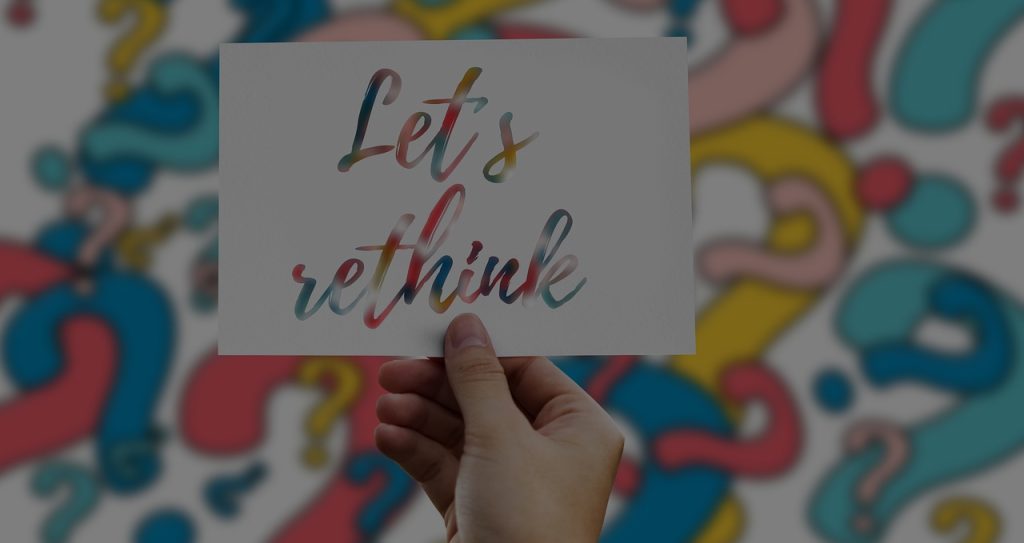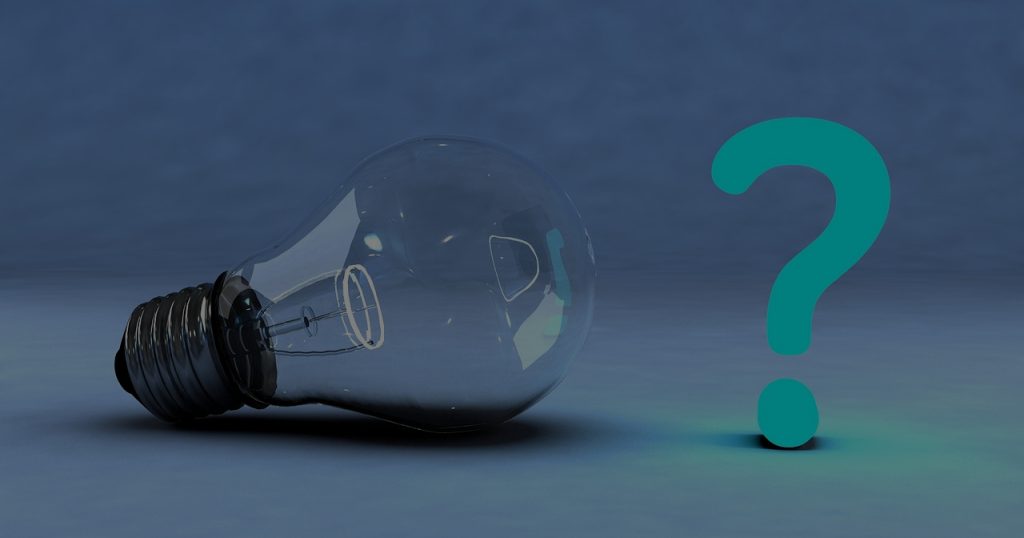Welcome to our latest blog post, where we dive into the world of stoichiometry riddles. Get ready to put your chemistry skills to the test as we challenge you with fun and thought-provoking puzzles that will both entertain and educate. Whether you’re a chemistry enthusiast or just looking for a fun brain teaser, these stoichiometry riddles are sure to keep you engaged and intrigued. Let’s get started!
Tricky Stoichiometry Riddles With Answers
Riddle: I am used to predict the amounts of reactants and products in a chemical reaction, I can be quite challenging to calculate. What am I?
Answer: Tricky Stoichiometry
Riddle: In this concept of chemistry, you must balance equations and convert units. What is it?
Answer: Stoichiometry
Riddle: I involve mole ratios and calculations based on chemical equations. What am I?
Answer: Tricky Stoichiometry
Riddle: To solve me, you must use the coefficients in a balanced equation. What concept am I?
Answer: Stoichiometry
Riddle: I am known for tricking students with complex calculations involving moles. What concept in chemistry am I?
Answer: Tricky Stoichiometry
Riddle: What involves converting between grams, moles, and particles in a chemical equation?
Answer: Stoichiometry
Riddle: I am used to determine the limiting reactant and theoretical yield in a reaction. What am I?
Answer: Tricky Stoichiometry
Riddle: This concept often involves using Avogadro’s number and molar mass to complete calculations. What is it?
Answer: Stoichiometry
Riddle: I am sometimes referred to as the “math of chemistry” due to the calculations involved. What concept am I?
Answer: Tricky Stoichiometry
Riddle: What requires a deep understanding of mole ratios and conversion factors in chemistry?
Answer: Stoichiometry
Riddle: I am often tested in chemistry classes and can be quite challenging to master. What am I?
Answer: Tricky Stoichiometry
Riddle: What involves using stoichiometric coefficients to determine the relationships between reactants and products in a chemical equation?
Answer: Stoichiometry
Riddle: I am known for causing frustration and confusion among chemistry students. What concept am I?
Answer: Tricky Stoichiometry
Riddle: What is often used to calculate the amount of a product formed in a chemical reaction given a certain amount of reactant?
Answer: Stoichiometry
Riddle: I involve using conversion factors and dimensional analysis to solve problems related to chemical reactions. What am I?
Answer: Tricky Stoichiometry
Riddle: What concept challenges students to think critically and apply mathematical skills to predict outcomes in a chemical reaction?
Answer: Stoichiometry
Riddle: I am notorious for my tricky mole-to-mole and mass-to-mass calculations. What am I?
Answer: Tricky Stoichiometry
Riddle: In this concept, you must always start with a balanced chemical equation to proceed with calculations. What is it?
Answer: Stoichiometry
Riddle: What involves determining the amount of each substance involved in a chemical reaction based on stoichiometric relationships?
Answer: Tricky Stoichiometry
Riddle: This concept is often feared by chemistry students for its challenging calculations and problem-solving. What is it?
Answer: Stoichiometry
Funny Stoichiometry Riddles With Answers
Riddle: Why did the chemist avoid Stoichiometry class?Answer: Because he couldn’t handle the mole-arity!
Riddle: What did the chemist say about balancing reactions?Answer: It’s all about finding the right formula!
Riddle: Why did the mole go to school?Answer: To get a good education in Stoichiometry!
Riddle: How did the chemist solve the Stoichiometry problem?Answer: With some molecular precision!
Riddle: Why was the Stoichiometry book always so pessimistic?Answer: Because it always saw things in a negative ratio!
Riddle: What did one mole say to the other?Answer: We really need to bond over some Stoichiometry problems!
Riddle: What did the Stoichiometry teacher do when his students were confused?Answer: He reacted accordingly!
Riddle: Why did the chemist break up with his girlfriend during Stoichiometry lessons?Answer: They were completely unbalanced!
Riddle: How does a chemist keep track of his Stoichiometry problems?Answer: He uses a chemical equation notebook!
Riddle: Why do chemists like to study Stoichiometry?Answer: Because it’s a balanced equation between fun and challenge!
Riddle: What did the Stoichiometry test ask the chemist to do?Answer: Find the right mole balance!
Riddle: How did the chemist celebrate solving a difficult Stoichiometry problem?Answer: With a mole-tini!
Riddle: What did the chemist say to his lab partner during Stoichiometry experiments?Answer: Let’s react together and find the right formula!
Riddle: Why did the chemist consider Stoichiometry as a funny subject?Answer: Because it had the perfect balance of humor and science!
Riddle: How did the chemist measure his success in Stoichiometry?Answer: By the number of moles he solved!
Riddle: What do you call a chemist who can’t solve Stoichiometry problems?Answer: A mole-function!
Riddle: Why was the Stoichiometry class always full of laughter?Answer: Because the jokes had great reactions!
Riddle: What did the Stoichiometry book say to the chemist?Answer: Let’s bond over some balanced equations!
Riddle: Why did the chemist invite his friends to his Stoichiometry party?Answer: Because he wanted to react with laughter!
Kids Stoichiometry Riddles With Answers
Riddle: What is the branch of chemistry that deals with the calculation of atomic proportions in chemical reactions?
Answer: Stoichiometry
Riddle: I help determine the amount of products that can be made in a chemical reaction. What am I?
Answer: Stoichiometry
Riddle: In stoichiometry, what term describes the ratios of reactants and products in a chemical reaction?
Answer: Stoichiometric ratios
Riddle: I am used in stoichiometry to convert between units. What am I?
Answer: Conversion factors
Riddle: In stoichiometry, what do we use to balance chemical equations?
Answer: Coefficients
Riddle: What do we call the starting materials in a chemical reaction?
Answer: Reactants
Riddle: I am known as the end result of a chemical reaction. What am I?
Answer: Products
Riddle: What symbol is used in chemical equations to represent the yield of a reaction?
Answer: Arrow symbol
Riddle: I am a form of stoichiometry that involves the calculation of reactant and product quantities based on the limiting reactant. What am I?
Answer: Limiting reactant stoichiometry
Riddle: What is the term for the maximum amount of product that can be produced in a chemical reaction?
Answer: Theoretical yield
Riddle: I am the actual amount of product formed in a chemical reaction. What am I called?
Answer: Actual yield
Riddle: Which stoichiometry term refers to the reactant that is completely used up in a chemical reaction?
Answer: Limiting reactant
Riddle: What is the term for the reactant that is not completely consumed in a chemical reaction?
Answer: Excess reactant
Riddle: I am the process of calculating the quantities of reactants and products in a chemical reaction. What am I?
Answer: Stoichiometric calculations
Riddle: I help determine the number of moles of each substance in a chemical reaction. What am I?
Answer: Stoichiometric coefficients
Riddle: What term describes the relationship between the mole ratios of reactants and products in a chemical reaction?
Answer: Stoichiometric ratio
Riddle: I am a type of stoichiometry that involves the calculation of reactant and product quantities based on the stoichiometry of the reaction. What am I?
Answer: Reaction stoichiometry
Riddle: What is the term for the substance that is produced in a chemical reaction?
Answer: Product
Riddle: In stoichiometry, what is the term for the ratio of the actual yield to the theoretical yield, expressed as a percentage?
Answer: Percent yield
Stoichiometry Riddles With Answers For Adults
Riddle: I calculate the quantities of reactants and products in chemical reactions. What am I?
Answer: Stoichiometry
Riddle: I involve balancing chemical equations and using ratios. What am I?
Answer: Stoichiometry
Riddle: I help determine the limiting reactant in a chemical reaction. What am I?
Answer: Stoichiometry
Riddle: I am often used to calculate the percent yield of a reaction. What am I?
Answer: Stoichiometry
Riddle: Without me, chemists would not be able to accurately predict the outcomes of reactions. What am I?
Answer: Stoichiometry
Riddle: I involve converting between grams, moles, and molecules in chemical reactions. What am I?
Answer: Stoichiometry
Riddle: I am a vital tool in the field of quantitative chemistry. What am I?
Answer: Stoichiometry
Riddle: I am often used to determine the amount of reactants needed to produce a desired amount of product. What am I?
Answer: Stoichiometry
Riddle: I help chemists understand the relationships between different substances in a reaction. What am I?
Answer: Stoichiometry
Riddle: I am a combination of math and chemistry used to analyze reactions. What am I?
Answer: Stoichiometry
Riddle: I am essential for determining the efficiency of chemical reactions. What am I?
Answer: Stoichiometry
Riddle: I am used to calculate the amount of a product that can be obtained from a given amount of a reactant. What am I?
Answer: Stoichiometry
Riddle: I help chemists follow a set of rules to accurately analyze reactions. What am I?
Answer: Stoichiometry
Riddle: I am crucial for determining the ratios of substances in a chemical reaction. What am I?
Answer: Stoichiometry
Riddle: I am used to calculate the amount of a reactant needed to completely react with another substance. What am I?
Answer: Stoichiometry
Riddle: I am often used in labs to ensure chemical reactions are carried out efficiently. What am I?
Answer: Stoichiometry
Riddle: I am a method for predicting the outcomes of chemical reactions based on calculations. What am I?
Answer: Stoichiometry
Riddle: I am based on the law of conservation of mass and energy in chemical reactions. What am I?
Answer: Stoichiometry
Riddle: I am necessary for understanding the amounts of substances involved in a reaction. What am I?
Answer: Stoichiometry
Riddle: I am used by chemists to make precise calculations for chemical reactions. What am I?
Answer: Stoichiometry
In conclusion, stoichiometry riddles can be a fun and engaging way to test your understanding of chemical equations and reactions. By solving these puzzles, you can reinforce your knowledge of stoichiometry principles and learn to apply them in a creative way. So next time you’re looking for a unique way to challenge yourself in chemistry, consider trying out some stoichiometry riddles!
















